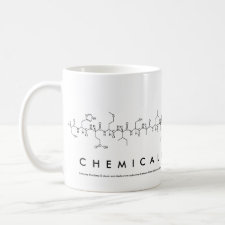
Authors: Krska R, Welzig E
Publication date: 2006
Chapter title: Mycotoxin analysis: An overview of classical, rapid and emerging techniques.
Page numbers: 225-247.
Alternative URL: http://www.wageningenacademic.com/factbook
Book title: Mycotoxin Factbook: Food & Feed Topics
Editors: Barug D, Bhatnagar D, van Egmond HP, van der Kamp JW, van Osenbruggen WA, Visconti A
Publisher: Wageningen Academic Publishers
City: Wageningen
Abstract: Mycotoxins constitute a very heterogeneous group of toxic substances. The differences in polarity, ultraviolet absorption, fluorescence, and ionic nature as well as the occurrence in different commodities at: varying concentration levels have lead to particular extraction, clean-up and detection strategies, which will be discussed in this article. Yet, multimycotoxin methods, which target the determination of several mycotoxins in a single run are highly desirable in order to keep time and costs low. The simultaneous determination of mycotoxins from different families is very complex, but doors have been opened by establishing liquid chromatography with tandem mass spectrometry, allowing accurate determination of currently up to 40 mycotoxins without the need for any cleanup. Besides the already established '' classical '' methods using a chromatographic system such as high performance liquid chromatography with ultraviolet, mass spectrometry or fluorescence detection or gas chromatography with electron capture detection, flame ionisation detection or mass spectrometry, liquid chromatography with tandem mass spectrometry is coming to the fore-front. A number of 'rapid' methods such as enzyme-linked immunosorbent assay or lateral flow devices have already found widespread use in screening of high numbers of samples in the field and also in routine analysis in house. The need to fulfil the requirements of mycotoxins analysis - simple, fast, robust, sensitive, selective, accurate, cost-effective - has also lead to a number of 'emerging techniques' such as molecularly imprinted polymers, fluorescence polarisation, infrared technologies, etc. They have shown great potential, but their applicability in routine analysis is yet to be shown. Towering above all methods are certainly the reference methods approved by AOAC International or the European Committee for Standardization to be used in case of official control and surveillance, and in case of dispute. Several measures of quality control such as the use of (certified) reference materials or the participation in proficiency tests are major prerequisites to ensure traceability and comparability of the results in mycotoxin analysis
Template and target information: Review - mycotoxin analysis



Join the Society for Molecular Imprinting

New items RSS feed
Sign-up for e-mail updates:
Choose between receiving an occasional newsletter or more frequent e-mail alerts.
Click here to go to the sign-up page.
Is your name elemental or peptidic? Enter your name and find out by clicking either of the buttons below!
Other products you may like:
 MIPdatabase
MIPdatabase









